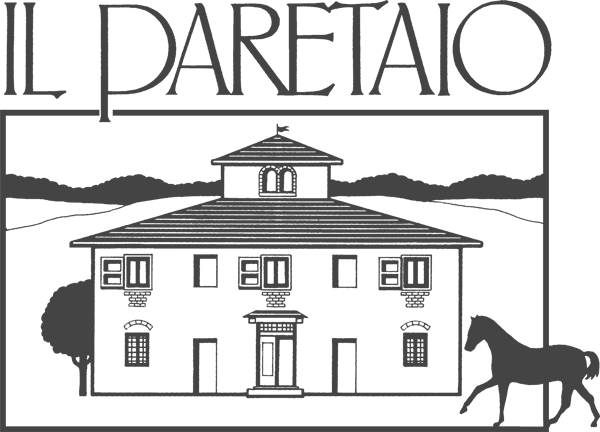Fm: the very interesting book "The Building Blocks of Training "by Debbie Lush an interesting chapter about Horse Bend and Straightness.
Do Horses Really Bend?
When talking about bend, many old textbooks will tell you that your horse should "have a uniform bend throughout the lenght of his body".
IN THE LIGHT OF MORE MODERN INVESTIGATION, WE KNOW THE EQUINE SPINE IS NOT UNIFORMLY FLEXIBLE - in fact many parts of it are quite inflexible, so we need to start understanding how we can create within our horses the illusion of a uniform bend and why we should do so.
Staring from the front:
- The horse's neck (cervical vartebrae) is the most flexible portion of his spine, being able to move both up and down, and from side to side.
- The next set of vertebrae-the tohoracic- are those we sit above. They have the ribcage attached to them and they are almost entirely inflexible.
- Next along are the lumbar vertebrae - the loin area. These have a limited ability to flex up and down and side to side.
- His pelvis and his sacral vertebrae (which are fused together, so have no movement wahtsoever) are joined via the sacroiliac joint, which has very limited lateral movement.
- The vertebrae of his tail are, as you know from watching him swat a fly, very flexible in all directions.
The Illusion of Bend
This is created by a number of components that together give the illusion that the horse is bending along the lenght of his frame. We already know he can bend his neck a great deal - often more than we want when he is using it as an evasion- but a major tool we have to help us is ribcage.
His shoulder girdle is attached to his spine only by ligaments, tendons and muscles. This relatively flexible connection is what allows the strong advanced horse to literally raise his withers up between his shoulders.
In terms of bend, this allows the displacement of his middle section to either side- in other words his ribcage can swing quite extensively from one side to the other. This is further assisted by his intercostal muscles. which primarily move move his ribcage in and out for breathing. When they contract on just one side they pull the ribs on that side closer together, so making one side of his body shorter than the other.
His legs also play a major part in his apparent ability to bend as, in addition to their ability to move back wards and forwards, they possess quite a range of movement to either side.
If you stand on the floor beside the girth area and, with your hands, push his ribcage away from you, you will see the natural result: as his ribs move away so the hind leg nearer you will move forward and towards you, the foreleg nearer will move back and towards you , and his neck will bend to your side. This is the reaction you want to your inside leg when you are on his back.
I hope that the readers will find this text about the horse bend and straightness useful and interesting : Horse bend and straightness are really two of the most important tools for training.




